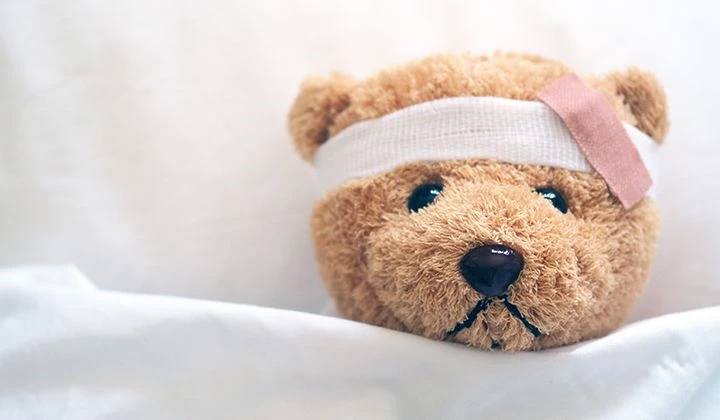Getting Help in an Emergency
At such a young age, with boundless energy and curiosity, it’s only natural for pre-school children to have a few bumps and bruises. This can be distressing for both adults and children, but it’s important to remain calm. You can encourage this by teaching your little ones what to do in the event of an emergency.

Recognising emergency situations
Thankfully, most incidents in young children are relatively minor, for example, cuts, grazes or small bumps on the head. However, in some situations, an adult may need medical help, or the child’s injury may be more serious.
You should encourage children to recognise that an injury is serious. For example, if a sibling has bumped his/her head, it’s important to check that they don’t feel sick or dizzy. If they cut themselves, they should not touch the wound, but instead, ask an adult for help to stop the bleeding.
In the worst-case scenario, a child needs to know what to do when someone is unresponsive. You should encourage them to try and get a response, then shout for help or call for an ambulance.

Shouting for help
In an ideal situation, no child should have to call the emergency services. However, it’s essential that your children know what to do in the event of a serious injury. Encourage your children to get help in an emergency – either by telling a grown-up close by or by shouting for help. Just for fun, you can ask them how loud they can shout. This is good to practise at home, but it could be lifesaving in public.
Your child should have a basic understanding of how to use the phone for the worst-case scenario. It’s best to have a house phone installed so that they don’t have to rely on a mobile. That way, you can teach them with play phones and instruct them on how to push the buttons.

Calling emergency services
As a last resort, your younger children should understand what the emergency services are and what it means to dial 999. Remind your child that they should only dial 999 if there are no other adults around to help and if the person who is poorly cannot respond.
To enforce good practices, try making a roleplaying game of it with a teddy. Encourage them to recall their home address and to practice saying what they see. You can familiarise them with the buttons on the phone by mimicking the action of dialling 999 on a toy phone. Reward them for getting their house number and street correct – but remind them that this is not a game.

Looking after a poorly person
In emergency situations, children may have to assist an adult while they are waiting for an ambulance. Remind children that, if an adult does not wake up, they must not be lying on their backs. This may also be a helpful reminder for other adults who are not familiar with the recovery position.
Try to incorporate this into your 999 roleplay with the teddy. Help your child visualise what it would be like to sit with an adult or child who is not responsive. They might want to try talking to teddy, but they should not touch him unless it is to gently push him on his side, where possible. Assure your child that the grown-ups in the ambulance will come and make sure teddy is better.
Quiz time for parents
What number should we call in and only in an emergency?
Congratulations
You've now completed the Early Years module - well done! Click 'next lesson' to progress to the 'Young Learners' module.

